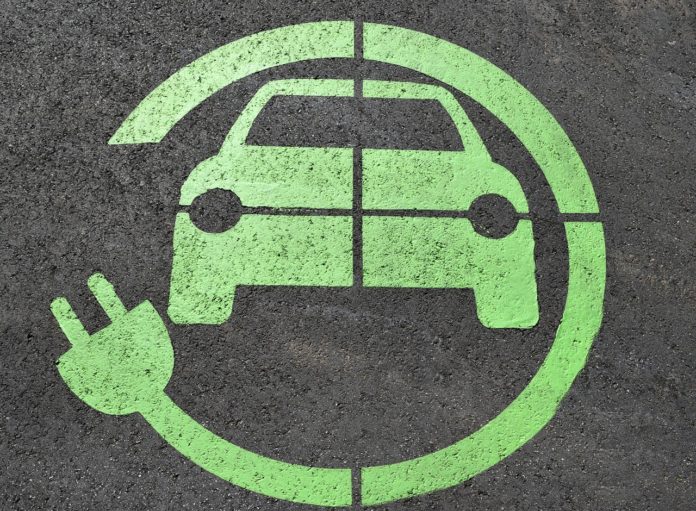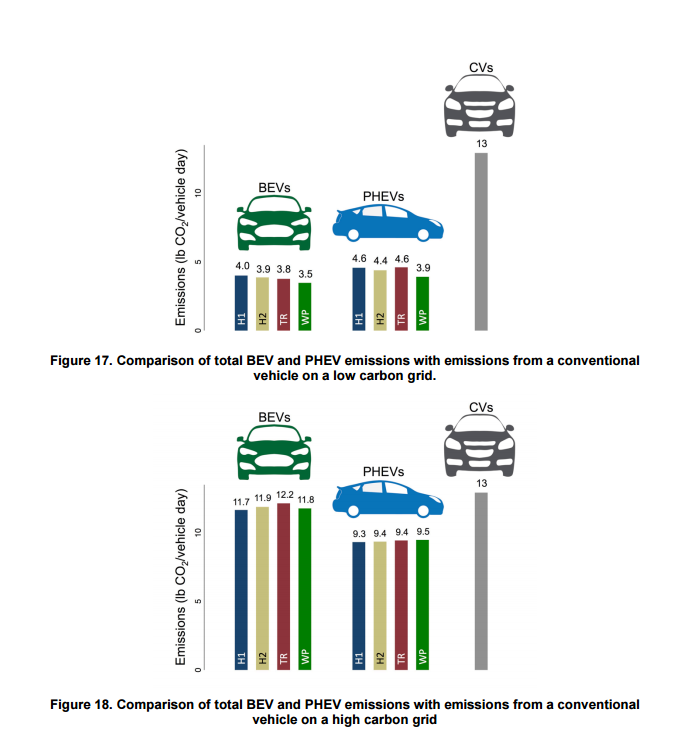
I have a family member who scoffs every time they see a Toyota Prius, Nissan Leaf, or any car with the hybrid badge on it drive by.
Every time one went scooting by, they would say something like, “They think they are helping the environment, but the damage their batteries do to the environment is insane.”
So I started digging: I began looking through polls on why people buy hybrid and electric cars, through white papers on hybrid car batteries environmental impact, and at stories on why hybrid cars may not actually be helping the environment. I was searching to find out if hybrid batteries are indeed that big a deal, and if there were perhaps other issues that weren’t being talked about publicly.
This is what I was able to find; I’m not going to give you my opinion, just the facts. Armed with the information I’m about to give, you can then decide for yourself if hybrid cars are a blessing for the environment or a ticking time bomb.
Energy Source Impact
Plug-in hybrids and Battery Electrical Vehicles need to be plugged into a 120 volt power source in order to fully charge their electric only systems. The reason this is can be problematic is that this means they are effectively tapping whatever type of power plant is producing that energy; be it coal, green energy, nuclear, etc. In the case of California, there is little impact to the environment due to the fact that 80% of their power is clean energy; solar, wind, hydroelectric, etc.

This would be an example of a low carbon power grid environmental impact (see the top portion of the figure above). Now, if you have to charge your hybrid or electric vehicle in a state that gets most of its electricity from coal burning power plants, then you are ostensibly contributing to the problem of power plant emissions (an example of charging a vehicle in a high carbon energy grid can be seen in the bottom of the figure above). This shows the level of impact the source of charging energy can have on a vehicles carbon emissions.
Another factor is how much a person ends up driving on their gasoline engine in cases of a hybrid or plug-in hybrid.
The full report can be found here.
It’s important to remember that 45% of electricity in the United States is generated by coal power plants. This study from the Argonne National Laboratory shows that if a plug-in hybrid charges on an energy grid that uses mostly coal to generate electricity it would be responsible for emitting up to 10 percent more greenhouse gases than a conventional gas powered car, and up to 60% more than a standard hybrid.
Batteries
The batteries used in vehicles are not a new environmental hazard: Batteries used in today’s conventional vehicles are lead-acid. Lead is a known carcinogen and extremely harmful to the environment.
According to an article from hybridcars.com,
More than 40,000 metric tons of lead are lost to landfills every year. According to the federal Toxic Release Inventory, another 70,000 metric tons are released in the lead mining and manufacturing process.
The batteries used in hybrid and electric vehicles are not without their environmental impacts as well. The materials that are used for the manufacture of the batteries themselves can contain, nickle, copper and other “rare” earth metals. The mining techniques normally used to get to these materials include strip mining, which leaves quite the literal hole in the landscape (image below).

And, as was pointed out in this article from Discover Magazine, Chinese miners, while mining for the lithium for magnets used in the batteries, often ignore environmental safeguards. The miners used an acid after removing the topsoil to extract the gold-flecked metals, and, in doing so, leaked acid into the groundwater destroying nearby agricultural land.
Full article here: Isn’t It Ironic: Green Tech Relies on Dirty Mining in China
The production of the batteries themselves can have negative impacts on the environment as well. The production of the newer lithium-ion batteries account for 2 to 4 percent of a hybrid’s lifetime emissions. The nickel-hydride batteries used in older hybrids release about 22 pounds of sulfur oxide emissions per vehicle which is 10 times more than a conventional powered vehicle.
As with anything, batteries will eventually need to be replaced. What happens to the batteries at this point?
Well, the folks over at the automotive site emunds.com have a great article on the recycling of the batteries, found here.
Basically: The nickel-metal hydride batteries are “zero landfill” products, which means that, once the nickel, copper, and rare metals are extracted, the rest of the battery is destroyed. There is literally nothing left to send to the landfill.
(Cue round of applause)
The newer lithium-ion batteries will typically still have an 80% capacity after they stop working in an automobile. Power companies are working with automakers to potentially use them as energy storage for solar panels and wind turbines that produce energy during “off hours.” The batteries are also being tested as backup power storage systems for retail and residential applications. Even if they can’t be used in this aspect, there is a process to remove all the metals which leaves a kind of slag leftover. This slag can then sold as an aggregate to concrete companies to make concrete stronger.
What do you think?
The very outlet that a plug-in hybrid or electric vehicle plugs into can make or break its environmental impact. The manufacture process, materials used, and retrieval of those materials though strip mining impact the environment. It also depends on what state you live in. There are pros and cons to the purchase and use of hybrid cars, so ultimately, the question remains: how efficient are hybrid and electric vehicles at protecting the environment?
Read more: Hybrid and Electric Car Roundup
















